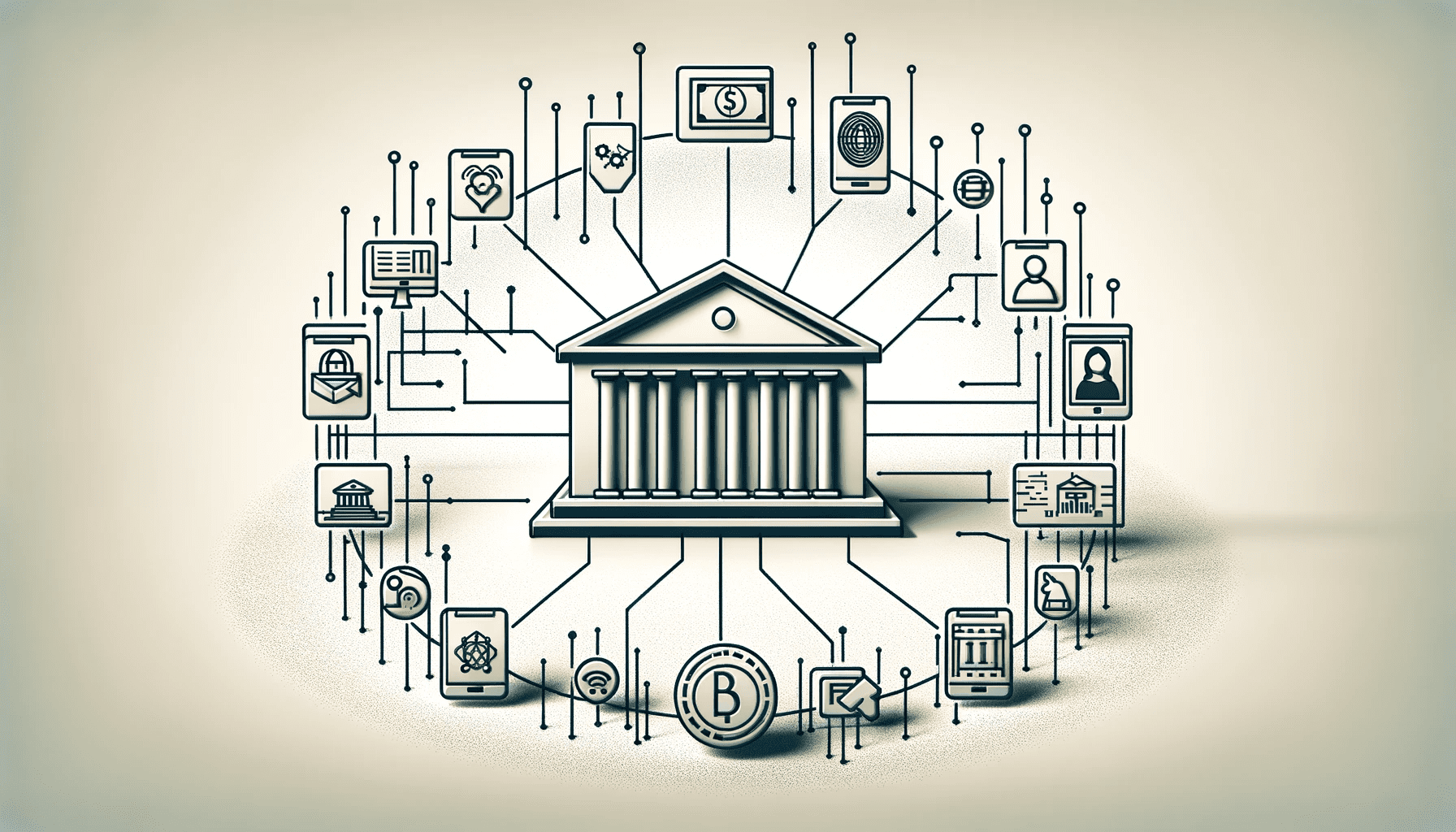money_gate
Traditional Banking Business Model
Traditional Banking Business Model
In 1994, Bill Gates said “Banking is essential, banks are not.” This is becoming increasingly relevant in respect to the traditional banking business model, which has faced numerous challenges both from the steep swings in the economic climate in the first two decades of this century, and from the sudden growth of a powerful competing model in the form of digital banking.
The traditional banking business model is characterized by four primary activities: revenue streams from traditional banking services, relationship lending, core deposit funding, and ”bricks-and-mortar” street-level branches. Traditional relationship management, which most banks rely on, is a method for maintaining a low cost of funds and a high lending margin.
The closer that banks adhered to this business strategy, the more likely they were to weather the swings in the early decades of this century compared to other banks using less traditional business strategies, but this is now being challenged by the strong movement towards digital banking. View more about Banking as a Service.
Relationship lending
Relationship lending is one of the main characteristics of the traditional banking business model. Relationship loans are usually business loans – which includes all commercial and industrial loans that are not secured; or household loans which includes consumer loans (e.g., credit card, auto, home equity) and residential mortgages. Banks seek to maintain or develop a relationship with these borrowers, giving a bank the ability to glean useful information from in-person relationships, and as such be associated with customers’ performance. Real estate loans are secured by the value of underlying assets for funding activities such as commercial real estate development, construction and commercial mortgage loans.
A characteristic of the traditional banking
A characteristic of the traditional banking model is the use of deposits to fund the bank’s asset portfolio. This reduces both funding costs and liquidity risk, because relationship depositors are more likely to maintain their deposit balances even if they are paid below the market interest rate.
Bank branches are an important feature of the traditional banking model. Brick-and-mortar branches help attract new deposit customers, provide a physical location for servicing both loan and deposit customers, and allow bankers to launch and maintain in-person relationships with their customers.
In the traditional banking models, core deposits are the primary source of funding. These are deposits from household and business customers, which makes them ideal for financing the relationship loans made by traditional banks. The stability of these deposits encourages relationships that are beneficial to the bank in at least two additional ways: persistent relationships encourage long depositors to purchase multiple services and products from the bank; and the bank gleans soft information enabling targeted marketing.








